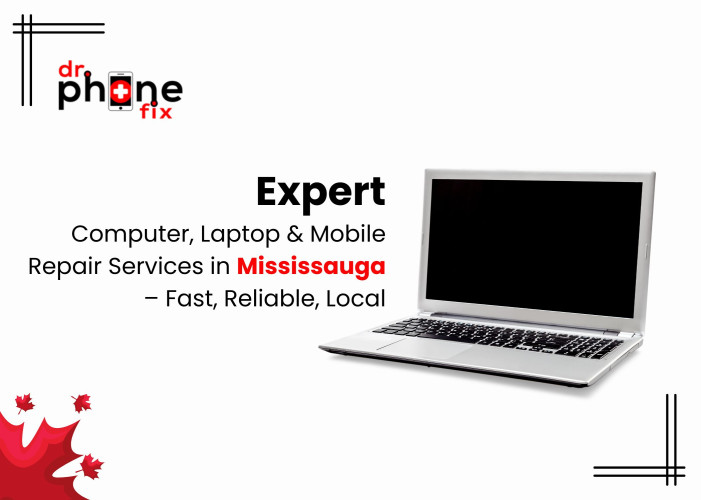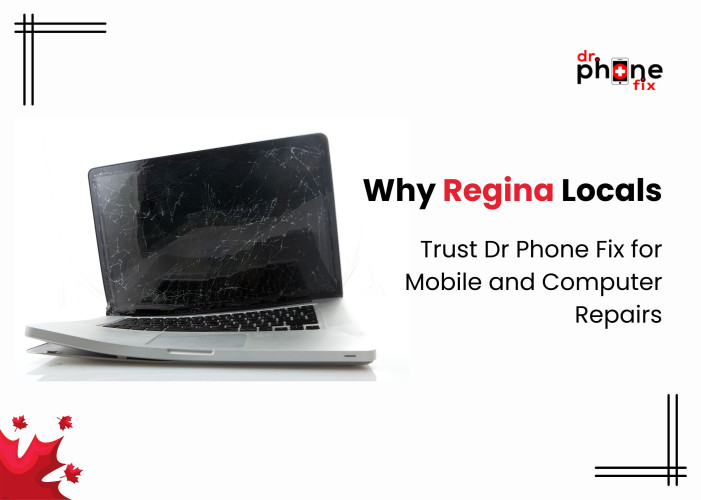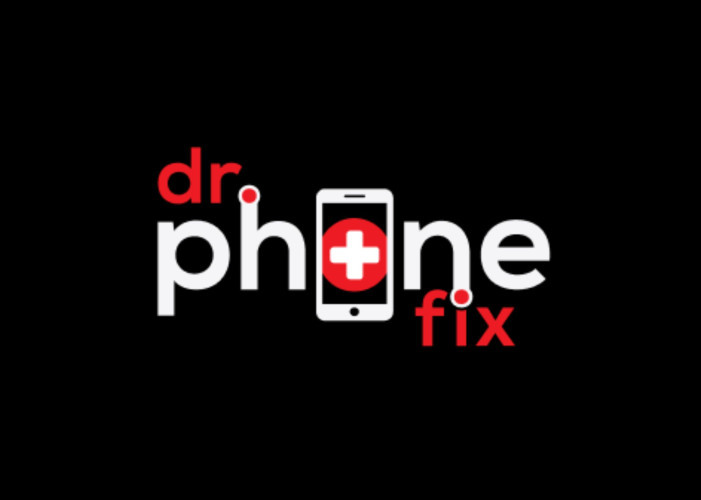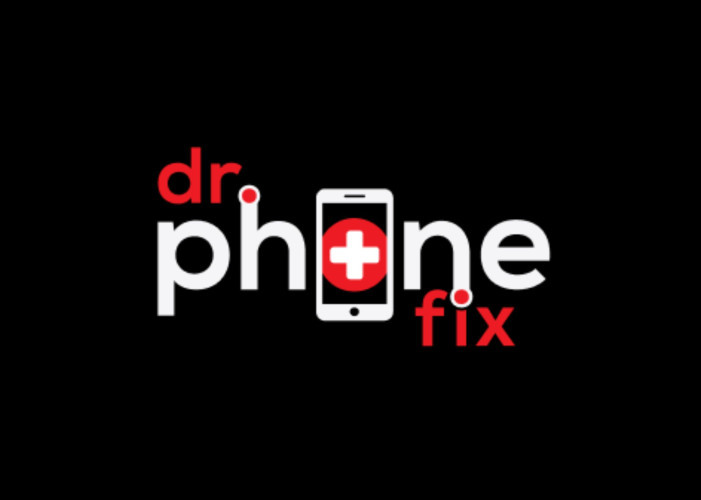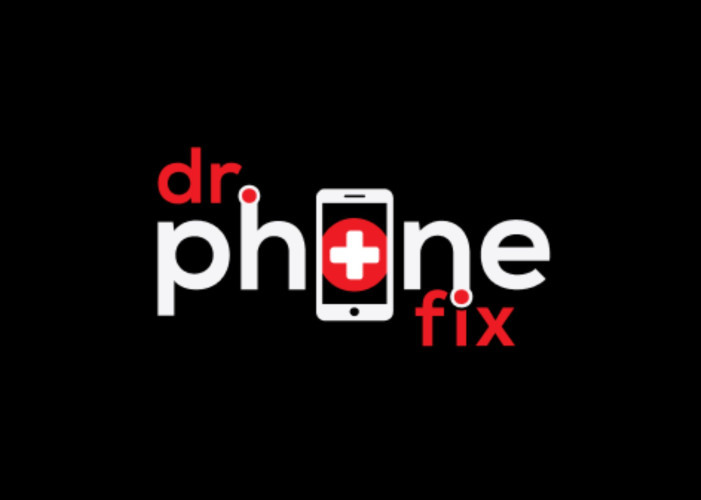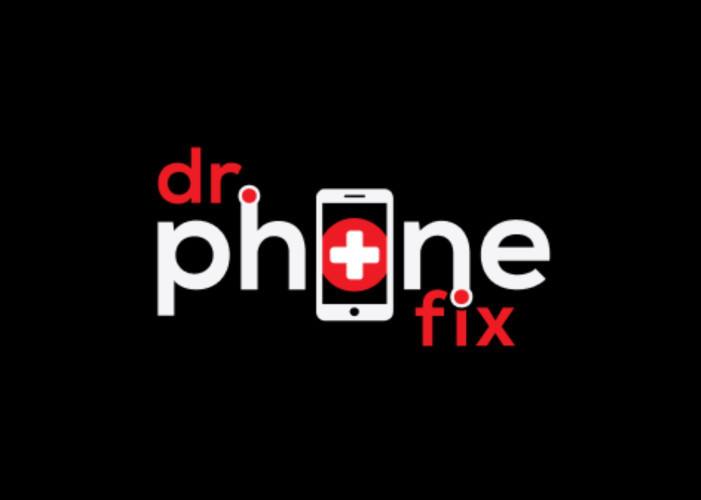Key Takeaways:
DIY data recovery techniques include using data recovery software, disk utilities, and connecting the damaged hard drive to another system for recovery attempts.
Professional data recovery services offer specialized techniques such as cleanroom data recovery, platter transplantation, firmware repair, and direct data extraction from failed drives for severe physical damage or complex data loss scenarios.
Best practices for data recovery include stopping using the damaged drive, creating a disk image, backing up recovered data, and consulting with experts to maximize successful recovery chances.
Laptop hard drives are crucial storage devices that store valuable data, including documents, photos, videos, and more. However, these drives can sometimes become damaged due to various factors such as physical damage, logical errors, or accidental deletion of files. When faced with a damaged laptop hard drive, data recovery becomes essential to retrieve lost or inaccessible data. In this blog, we'll explore the available techniques for data recovery from damaged laptop hard drives, including both DIY methods and professional services.
Understanding Laptop Hard Drive Damage
Before diving into data recovery techniques, it's crucial to understand the types of damage that can occur to laptop hard drives:
Physical Damage: This includes issues like a dropped laptop, water damage, or damage due to excessive heat. Physical damage can lead to mechanical failures or component malfunctions within the hard drive.
Logical Errors: These are software-related issues that can corrupt data or cause the operating system to be unable to access the hard drive. Examples include file system corruption, partition table errors, or accidental formatting of the drive.
Accidental Deletion: Sometimes, data loss occurs due to accidental deletion of files or formatting of the hard drive. While the data may seem lost, it's often recoverable through specific techniques.
DIY Data Recovery Techniques
If you're comfortable with technical tasks and want to attempt data recovery on your own, here are some DIY techniques you can try:
1. Use Data Recovery Software:
Several data recovery software tools are available that can help recover lost or deleted data from damaged hard drives. Examples include EaseUS Data Recovery Wizard, Stellar Data Recovery, and Recuva. These tools typically work by scanning the drive for lost files and allowing you to recover them to a different storage location.
2. Check Disk Utility (Windows) or Disk Utility (Mac):
Both Windows and macOS come with built-in disk utility tools that can help repair minor disk errors and recover data. In Windows, you can use tools like CHKDSK (Check Disk) or third-party tools like TestDisk. On macOS, Disk Utility can be used to repair disk errors and recover data from damaged drives.
3. Remove the Hard Drive and Connect to Another System:
If the laptop is unable to boot or recognize the hard drive, you can remove the hard drive from the laptop and connect it to another system using a USB-to-SATA adapter or an external hard drive enclosure. This allows you to access the drive from another computer and attempt data recovery using software tools.
Professional Data Recovery Services
For severe physical damage or complex data loss scenarios, it's often best to seek professional data recovery services. These services have specialized equipment and expertise to recover data from severely damaged hard drives. Here are some techniques used by professional data recovery services:
1. Cleanroom Data Recovery:
In cases of physical damage such as a damaged read/write head or platter scratches, cleanroom data recovery is often necessary. Cleanrooms are controlled environments free of dust and contaminants, where technicians, including those specializing in Samsung Phone Repair Lethbridge, can safely disassemble hard drives and perform repairs or component replacements to recover data.
2. Platter Transplantation:
If the damage is limited to specific areas of the hard drive platters, technicians can perform platter transplantation, a technique commonly used in data recovery services such as iPhone Repair Lethbridge. This involves transferring the undamaged platters to a donor drive to retrieve data from the damaged drive.
3. Firmware Repair:
Sometimes, data loss occurs due to firmware corruption or errors within the hard drive's firmware. Professional data recovery services, such as those provided by laptop Repair Lethbridge, can repair or reprogram the firmware to regain access to the data stored on the drive.
4. Data Extraction from Failed Drives:
In cases where the hard drive has completely failed and is no longer functional, data recovery specialists, including those experienced in Cell Phone Repair Lethbridge, can extract data directly from the drive's NAND memory chips using specialized equipment and techniques.
Best Practices for Data Recovery
Regardless of whether you're attempting DIY data recovery or seeking professional services, it's essential to follow best practices to maximize the chances of successful data recovery:
Stop Using the Drive: If you suspect data loss or drive damage, stop using the drive immediately to prevent further damage or data overwriting.
Create a Disk Image: Before attempting any recovery actions, create a disk image of the damaged drive to preserve its current state. This allows you to perform recovery attempts without risking further damage to the original drive.
Backup Recovered Data: Once you've recovered your data, ensure to back it up to a secure location to prevent future data loss incidents.
Consult Experts: If you're unsure about the extent of damage or the appropriate recovery techniques, consult with data recovery experts or professional services to avoid causing further damage to the drive.
Conclusion
Data recovery from damaged laptop hard drives requires a combination of technical knowledge, appropriate tools, and sometimes professional expertise. DIY methods like using data recovery software or disk utilities can be effective for minor data loss scenarios or logical errors. However, for severe physical damage or complex data loss situations, professional data recovery services such as laptop Repair Lethbridge offer specialized techniques such as cleanroom recovery, platter transplantation, firmware repair, and direct data extraction.
By understanding the nature of hard drive damage, following best practices, and choosing the right recovery approach based on the severity of the damage, users can increase their chances of successfully recovering valuable data from damaged laptop hard drives with the help of computer Repair Lethbridge professionals.

